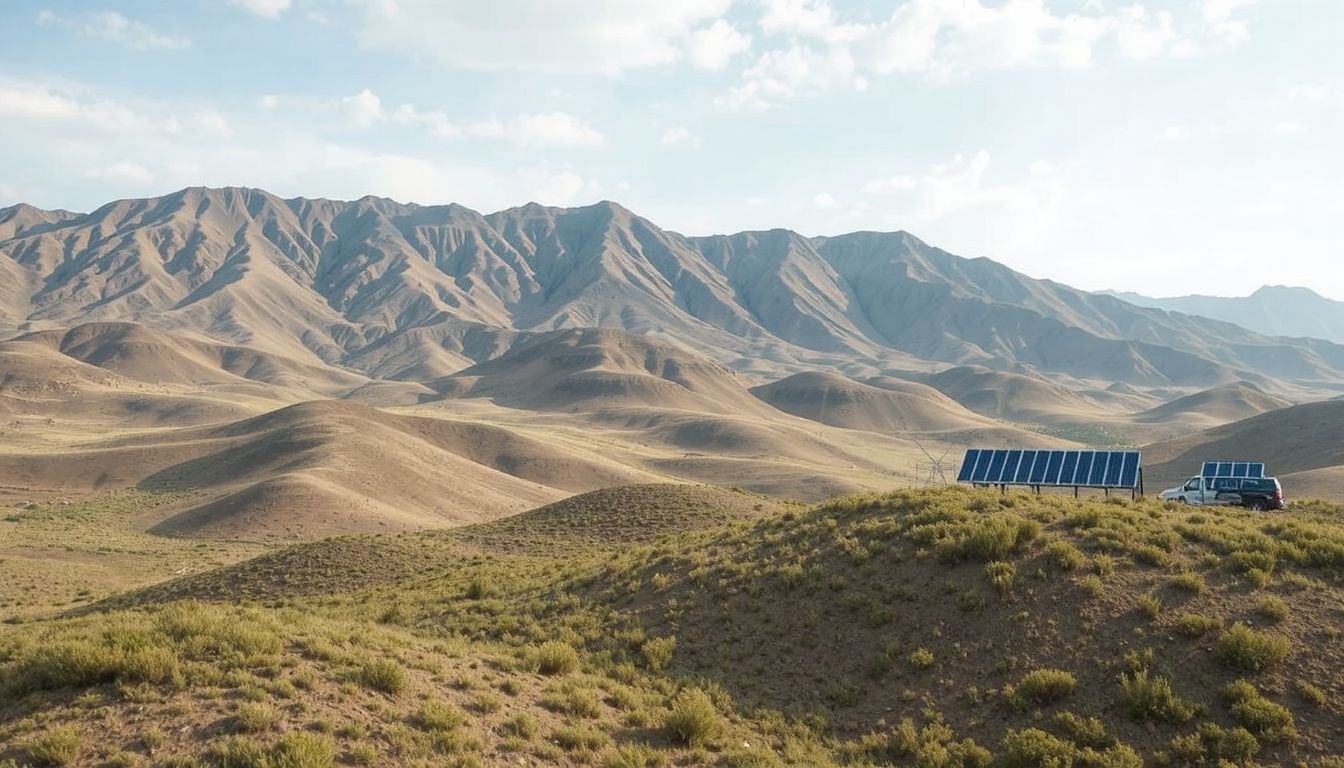
IEA Report: AI's Impact on Global Energy – Opportunities & Challenges
Artificial intelligence is transforming industries at breakneck speed, and the energy sector is no exception. The International Energy Agency (IEA) recently released groundbreaking analysis on how AI is reshaping global energy systems – both as a massive consumer of electricity and as a revolutionary tool for optimization. Let’s dive into the key takeaways.
The AI Energy Paradox: Soaring Demand Meets Efficiency Potential
Here’s the fundamental tension: AI systems require staggering amounts of energy to train and operate, yet they also hold incredible potential to make energy systems smarter and more efficient. The IEA calls this the "AI energy paradox," and it’s becoming one of the defining challenges of our energy transition.
The Growing Energy Appetite of AI
Modern AI runs on data centers – and these facilities are becoming the power plants of the digital age. Consider these eye-opening statistics:
Data Center Electricity Consumption: By the Numbers
• Global data centers currently consume about 1.5% of worldwide electricity (415 TWh) – equivalent to the entire electricity consumption of France
• Consumption has grown 12% annually since 2017, far outpacing overall electricity demand growth
• The U.S. leads with 45% of global data center power use, followed by China (25%) and Europe (15%)
The AI Factor in Energy Demand
What’s particularly striking is how AI is accelerating this trend. The IEA projects that by 2030:
• Global data center electricity use will more than double to 945 TWh (surpassing Japan’s total consumption)
• In the U.S., data centers may account for nearly half of all electricity demand growth
• By 2035, projections range from 700 TWh in a conservative scenario to 1,700 TWh in rapid AI adoption
"We’re seeing AI become one of the most significant drivers of electricity demand growth in major economies," notes IEA Executive Director Fatih Birol. "This represents both a challenge and an opportunity for energy systems worldwide."
Powering the AI Revolution: Energy Mix of the Future
Meeting this surging demand requires careful planning across energy sources and infrastructure. The IEA outlines several key solutions:
Renewables Leading the Charge
Wind and solar are expected to meet about half of new data center energy needs globally. However, their intermittent nature creates challenges for always-on computing facilities. This is driving innovation in:
• Advanced battery storage systems
• AI-powered renewable forecasting
• Geographic distribution of workloads to follow renewable generation
Natural Gas and Nuclear in the Mix
For baseload power, natural gas remains crucial – especially in the U.S., where it’s projected to grow by 175 TWh by 2035 specifically for data centers. Nuclear power also plays a key role, with small modular reactors (SMRs) expected to come online around 2030.
The Grid Bottleneck
Perhaps the most pressing challenge isn’t generation, but delivery. Aging grids worldwide struggle with:
• Connection queues delaying 20% of planned data center projects
• Transformer shortages causing multi-year delays
• Physical space constraints in prime locations
"We need to think about data center siting as strategically as we plan power plants," suggests one IEA analyst. "Location decisions dramatically impact grid strain and renewable access."
AI as Energy Optimizer: The Flip Side
While AI consumes vast energy, it also offers transformative tools to make energy systems more efficient. The IEA highlights several breakthrough applications:
Revolutionizing Renewable Integration
AI dramatically improves:
• Solar and wind forecasting accuracy (reducing curtailment)
• Grid balancing through real-time demand response
• Dynamic line rating to unlock 175 GW of hidden transmission capacity
Industrial Energy Savings
Widespread AI adoption in manufacturing could save energy equivalent to Mexico’s total consumption through:
• Process optimization in steel, cement, and chemicals
• Predictive maintenance reducing downtime
• Supply chain logistics improvements
Building the Smart Cities of Tomorrow
Though building automation lags other sectors, AI enables:
• Real-time HVAC optimization
• Occupancy-based lighting and climate control
• District energy system coordination
Accelerating Clean Energy Innovation
AI supercharges R&D by:
• Simulating new battery chemistries in days instead of years
• Identifying promising carbon capture materials
• Optimizing wind turbine designs through generative AI
Navigating the Challenges Ahead
Despite this potential, significant barriers remain to harnessing AI’s full energy benefits:
Data and Infrastructure Gaps
Many energy providers lack:
• High-quality operational datasets
• Digital infrastructure to implement AI solutions
• Workforce with combined energy and AI expertise
Cybersecurity Concerns
As energy systems digitize, they become vulnerable:
• Cyberattacks on utilities tripled in four years
• AI-powered attacks pose new threats
• Supply chain risks for critical components
Policy and Regulation
Key issues include:
• Data sharing frameworks between companies
• Standards for AI reliability in critical infrastructure
• Incentives for energy-efficient AI development
The Path Forward: Collaboration Is Key
The IEA emphasizes that realizing AI’s energy potential requires unprecedented collaboration between:
• Tech companies developing AI systems
• Energy providers operating grids and plants
• Policymakers setting standards and incentives
• Researchers advancing efficient algorithms
"This isn’t just about building more data centers or power plants," concludes Birol. "It’s about creating intelligent systems where AI both consumes energy responsibly and helps optimize the entire energy ecosystem."
As we stand at this crossroads, one thing is clear: How we develop and deploy AI in the coming decade will profoundly shape our energy future – and vice versa. The choices we make today will determine whether AI becomes a net burden or breakthrough for global energy systems.
